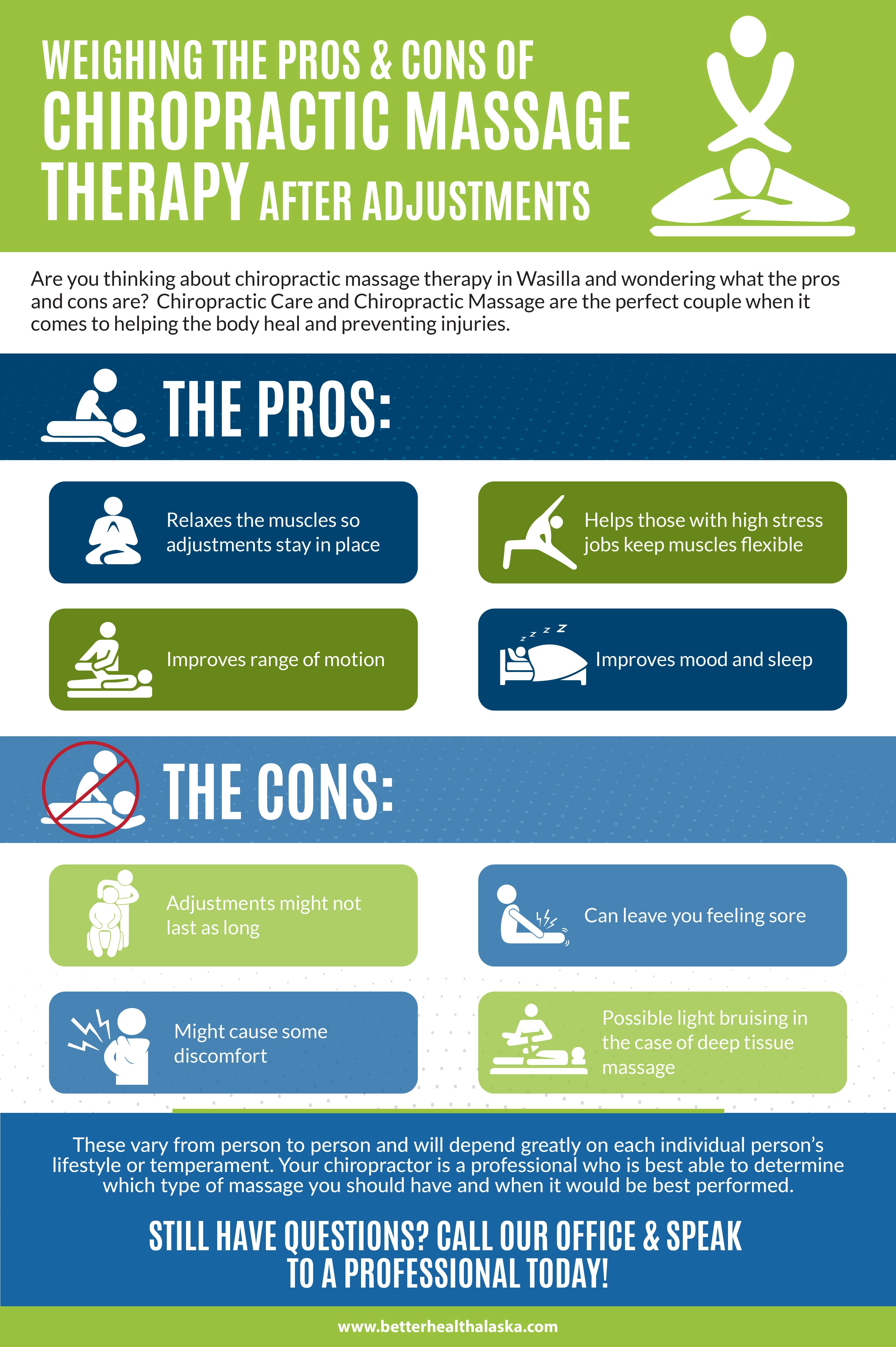Get Ready To Look Into The Interesting World Of Cellular Interactions In Cold Laser Therapy And How It Utilizes Light To Facilitate Recovery. Take A Deeper Study The Clinical Aspects!
Get Ready To Look Into The Interesting World Of Cellular Interactions In Cold Laser Therapy And How It Utilizes Light To Facilitate Recovery. Take A Deeper Study The Clinical Aspects!
Blog Article
Content Writer-Rush Kornum
You may have heard of cold laser treatment as an encouraging treatment option for numerous problems, however have you ever questioned how it really works with a mobile level? Understanding the mechanisms behind this therapy can shed light on its performance in promoting recovery and reducing swelling. By discovering the science behind cold laser therapy, you'll acquire insights right into the remarkable ways in which light can affect mobile processes and assist in tissue repair work.
Exactly How Cold Laser Treatment Functions
To understand how cold laser treatment works, you require to comprehend the fundamental concepts of exactly how light power interacts with organic cells. Cold laser therapy, additionally referred to as low-level laser treatment (LLLT), utilizes details wavelengths of light to pass through the skin and target hidden tissues. Unlike the intense lasers used in surgical procedures, cold lasers release low levels of light that do not produce heat or trigger damage to the tissues.
When these mild light waves get to the cells, they're soaked up by parts called chromophores, such as cytochrome c oxidase in mitochondria. This absorption sets off a series of organic reactions, including boosted cellular energy production and the launch of nitric oxide, which enhances blood flow and lowers inflammation.
Furthermore, https://what-does-a-chiropractor61605.blog-eye.com/30311091/cold-laser-treatment-debunked-a-cutting-edge-approach-to-recuperation can additionally boost the manufacturing of adenosine triphosphate (ATP), the power currency of cells, aiding in cellular fixing and regrowth processes.
Basically, cold laser therapy uses the power of light power to promote recovery and ease discomfort in a non-invasive and gentle way.
Mechanisms of Action
How does cold laser therapy really function to generate its restorative impacts on biological tissues?
Cold laser therapy, also referred to as low-level laser therapy (LLLT), runs through a process called photobiomodulation. When the cold laser is put on the skin, the light energy passes through the tissues and is taken in by chromophores within the cells.
https://www.healthline.com/health/should-i-shave-my-pubic-hair , such as cytochrome c oxidase in the mitochondria, are after that promoted by the light energy, leading to a cascade of organic responses. One essential system of action is the improvement of mobile metabolic process.
The taken in light energy enhances ATP manufacturing in the mitochondria, which is critical for cellular feature and fixing. In addition, cold laser therapy aids to reduce swelling by inhibiting inflammatory mediators and promoting the launch of anti-inflammatory cytokines.
This anti-inflammatory result contributes to discomfort alleviation and cells recovery.
Therapeutic Impacts
Understanding the restorative results of cold laser treatment involves identifying just how the enhanced mobile metabolism and anti-inflammatory homes add to its positive results on biological cells.
When the cold laser is put on the damaged location, it promotes the mitochondria within the cells, bring about enhanced manufacturing of adenosine triphosphate (ATP), which is essential for cellular function and repair service. This increase in cellular energy accelerates the recovery process by promoting cells regrowth and lowering swelling.
Additionally, the anti-inflammatory homes of cold laser therapy assistance to decrease discomfort and swelling in the targeted area. By inhibiting inflammatory moderators and advertising the launch of anti-inflammatory cytokines, cold laser therapy aids in relieving discomfort and enhancing the general recovery action.
This reduction in swelling not just supplies instant alleviation yet also sustains long-lasting cells repair service.
Conclusion
Finally, cold laser treatment functions by boosting mobile repair work and cells regrowth through photobiomodulation. Its anti-inflammatory homes give pain alleviation and decrease swelling by hindering inflammatory moderators.
This therapy uses a thorough strategy to recovery, providing both prompt alleviation and long-term cells repair advantages.
Through its systems of action, cold laser treatment verifies to be an efficient and appealing therapy alternative for a range of conditions.
